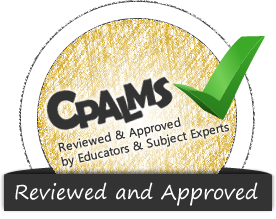Please sign in to access this resource
Not a Florida public school educator?
Access this resourceon CPALMS.com
General Information
Aligned Standards
This vetted resource aligns to concepts or skills in these benchmarks.Related Videos

If you watch this video, your brain will be learning more about itself! Think about it.

Our brains process all sensory information and tell the body what to do next.
Download the CPALMS Perspectives video student note taking guide.

Understanding human physiology will allow you to stand under your own power at the end of a long rowing trip.
Related Resources:
KROS Pacific Ocean Kayak Journey: GPS Data Set[.XLSX]
KROS Pacific Ocean Kayak Journey: Path Visualization for Google Earth[.KML]
Download the CPALMS Perspectives video student note taking guide.

Strengthen your understanding of how muscle filaments function as this physiologist flexes his knowledge.
Download the CPALMS Perspectives video student note taking guide.

Get mentally fit as this physiologist explains muscle structure!
Download the CPALMS Perspectives video student note taking guide.

Get moving and learn how muscles move you!
Download the CPALMS Perspectives video student note taking guide.

Let this semipermiable membrane teaching idea sink in.
Download the CPALMS Perspectives video student note taking guide.

When your kidneys fail you, there's help with kidney dialysis.
Download the CPALMS Perspectives video student note taking guide.

Feeding your baby, inside and outside your body.
Download the CPALMS Perspectives video student note taking guide.

Robots use "eyes" and "ears" to sense their surroundings, just like you and me.
Download the CPALMS Perspectives video student note taking guide.

Get a tip for modeling the cell membrane in this lesson idea.
Download the CPALMS Perspectives video student note taking guide.

Lots of issues causes disease - genetics, lifestyle, pathogens - let's practice prevention when we can.
Download the CPALMS Perspectives video student note taking guide.

Flow Cytometry is a cool technology that can count and sort cells.
Download the CPALMS Perspectives video student note taking guide.

Scientists use microscopes to see what is invisible to the naked eye.
Download the CPALMS Perspectives video student note taking guide.

Fire up those brains with exercise!
Download the CPALMS Perspectives video student note taking guide.

What you need to know about exercising for your heart and lungs.
Download the CPALMS Perspectives video student note taking guide.

A bio-mathematician discusses the folds and the structure of the brain and how they relate to math.

Dr. Tom Miller discusses the anatomy and morphology of carnivorous plants.
Download the CPALMS Perspectives video student note taking guide.

Your mind will swell with knowledge after submerging in this idea to demonstrate osmosis.
Download the CPALMS Perspectives video student note taking guide.

Get outside and interact with nature after you watch this idea for teaching about the different parts of plants!
Download the CPALMS Perspectives video student note taking guide.

This teacher has an approach to teaching evolution that may help to keep skeptical students engaged: start by teaching about plants, and then make small changes to the discussion over time.
Download the CPALMS Perspectives video student note taking guide.

Dr. Gregory Erickson explains bone histology and anatomy with special remarks on bones of a juvenile Tyrannosaurus rex.
Download the CPALMS Perspectives video student note taking guide.
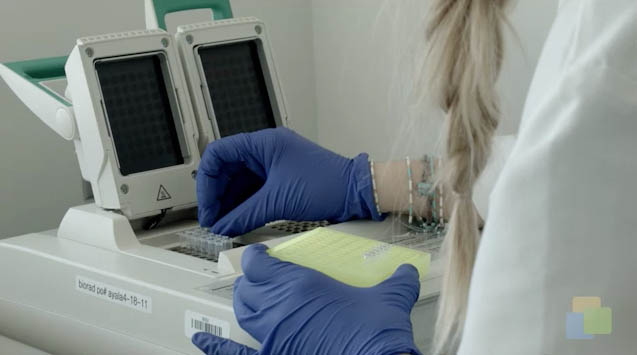
Dr. Mahmood Shivji explains how information contained in the DNA of seafood species is used for identification in the marketplace.
Download the CPALMS Perspectives video student note taking guide.
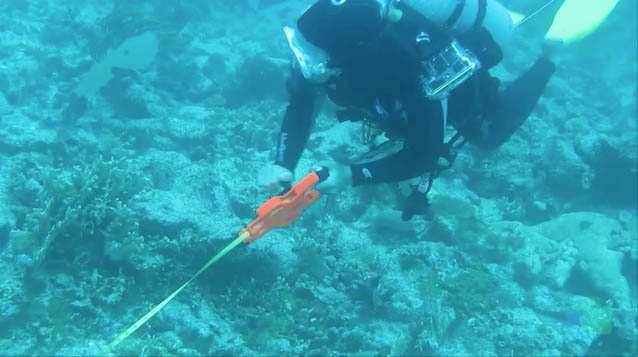
Dr. Erinn Muller explains how coral health research at Mote Marine Laboratory is driving policy decisions regarding coral reef restoration in Florida.
Download the CPALMS Perspectives video student note taking guide.
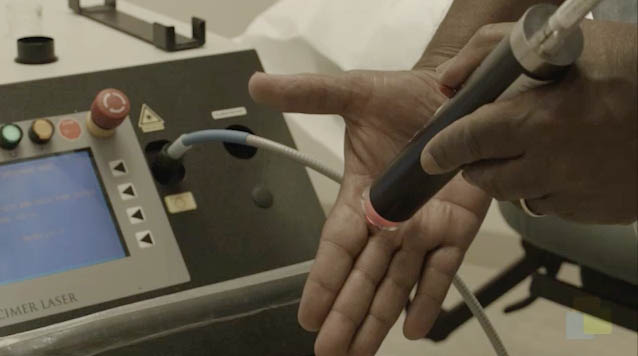
Dr. George Cohen discusses a variety of skin treatments that utilize electromagnetic radiation, including lasers, UV light, and x-rays.
Download the CPALMS Perspectives video student note taking guide.
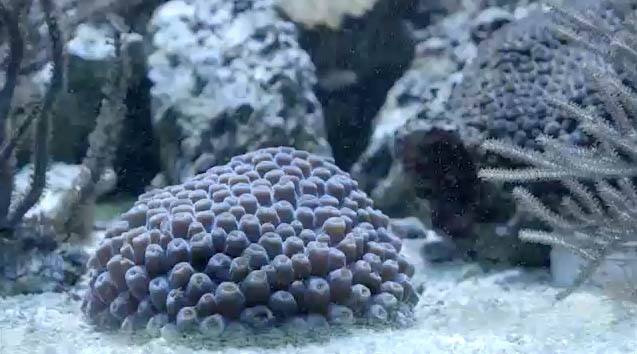
Dr. Erinn Muller explains research related to discovering coral genotypes capable of thriving despite environmental health challenges.
Download the CPALMS Perspectives video student note taking guide.
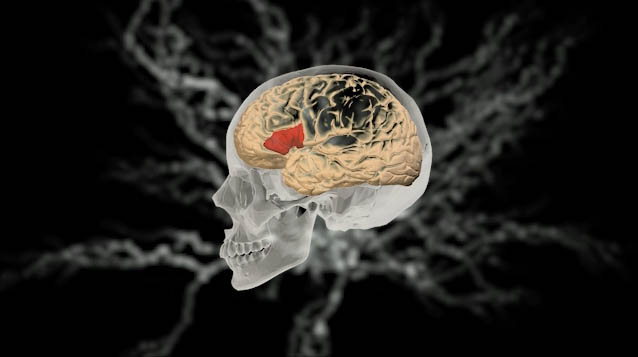
Jens Foell discusses brain function as it relates to brain imaging technology such as fMRI.
Download the CPALMS Perspectives video student note taking guide.
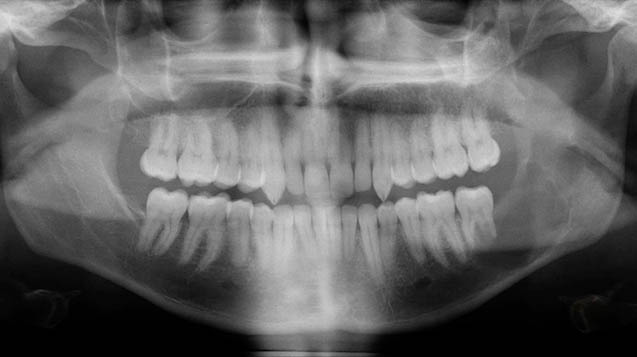
Dr. Michael Thornton discusses the nutritive value of blood - for vampires!
Download the CPALMS Perspectives video student note taking guide.
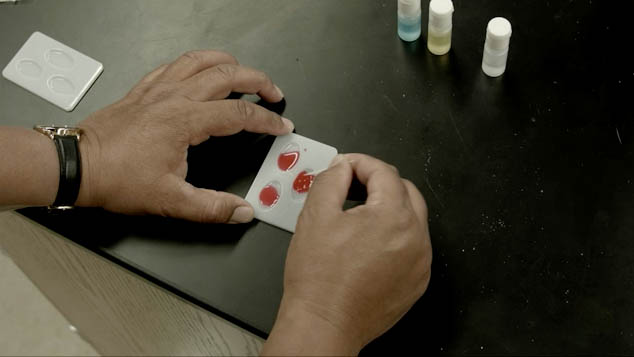
Learn how carbohydrates in our cells' membrane determine our blood types.
Download the CPALMS Perspectives video student note taking guide.
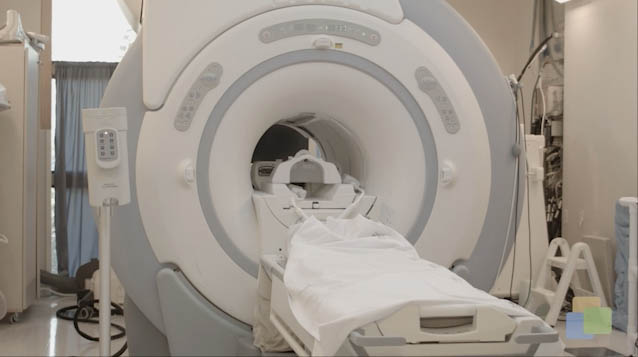
Using new methods in neuroimaging, personality traits can be mapped to distinct regions of the brain.
Download the CPALMS Perspectives video student note taking guide.
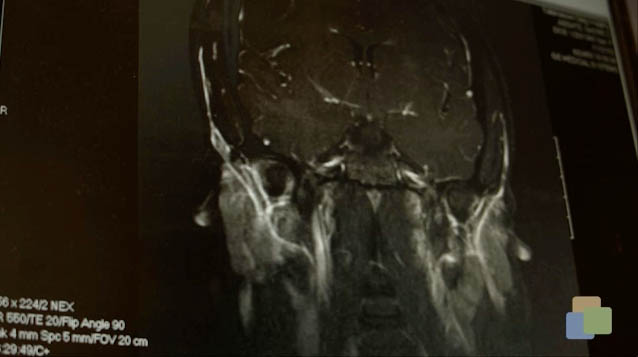
Jens Foell discusses the link between correlation and causation in PTSD patients.
Download the CPALMS Perspectives video student note taking guide.
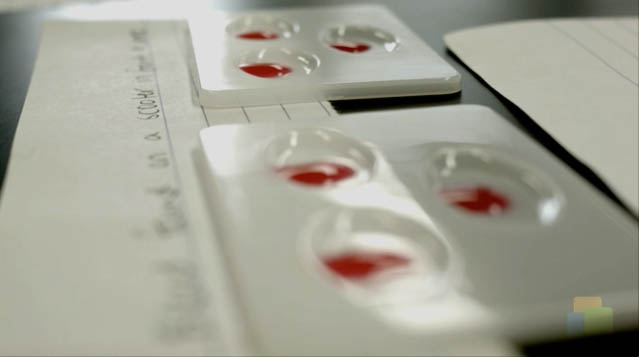
CSI in the Classroom: Blood at a crime scene points to a suspect.
Download the CPALMS Perspectives video student note taking guide.
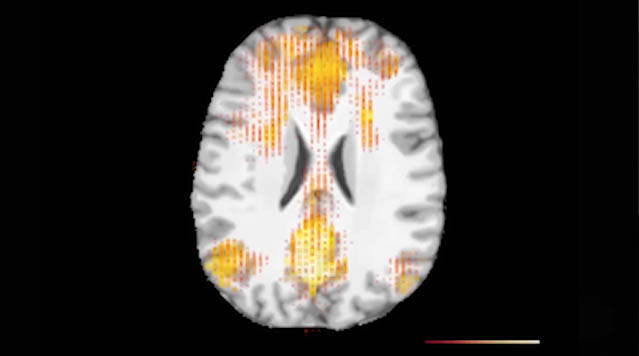
Florida State Researcher, Jens Foell, discusses the importance of understanding correlation versus causation when researching personality traits and criminal behavior.
Download the CPALMS Perspectives video student note taking guide.
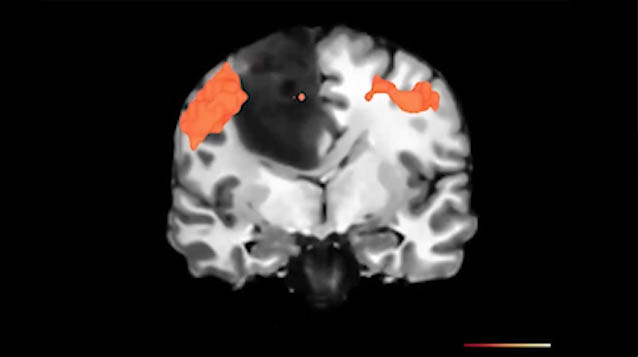
Jens Foell discusses how statistical noise reduction is used in fMRI brain imaging to be able to determine which specifics parts of the brain are related to certain activities and how this relates to patients that suffer from phantom limb pain.
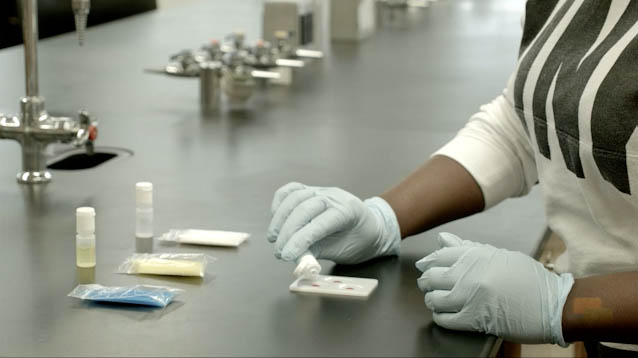
When you cut yourself, your body goes to work to prevent blood loss.
Download the CPALMS Perspectives video student note taking guide.
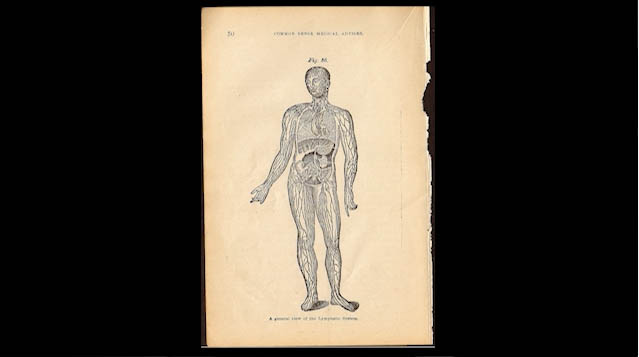
The lymph system gets some respect.
Download the CPALMS Perspectives video student note taking guide.
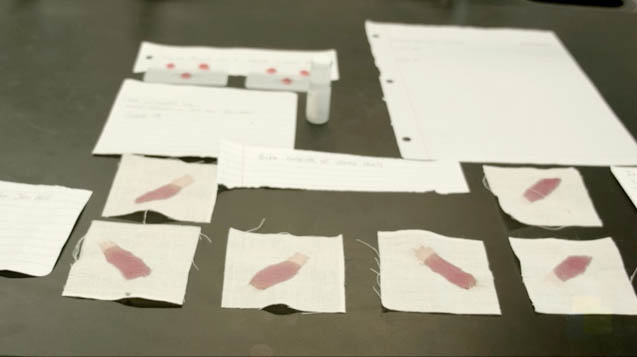
The importance of being a red blood cell.
Download the CPALMS Perspectives video student note taking guide.
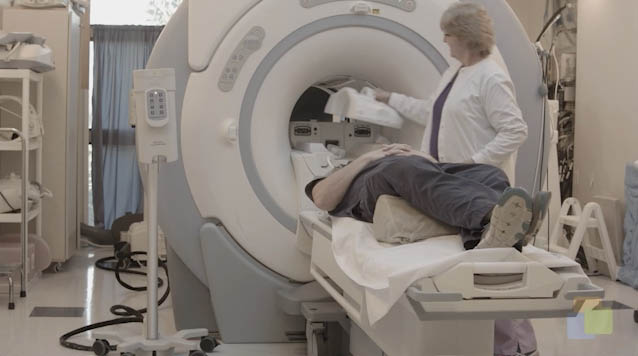
Florida State researcher Jens Foell discusses the use of fMRI and statistics in chronic pain.
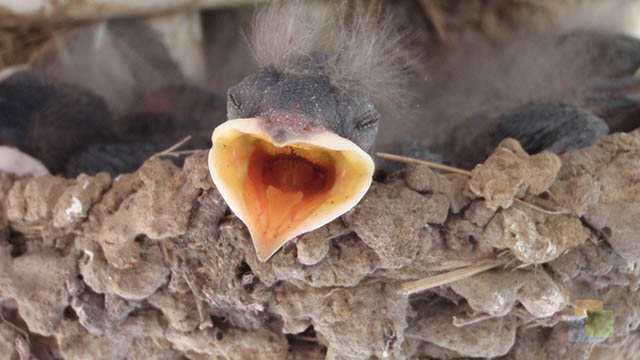
Rick Hyson discusses the neuroscience contribution to the Birdsong project.
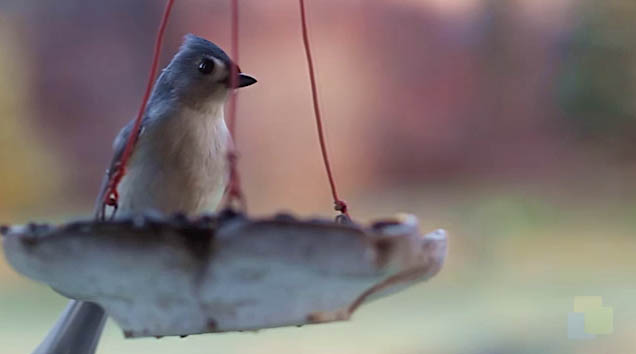
Frank Johnson discusses the science behind hearing, learning, and speaking.
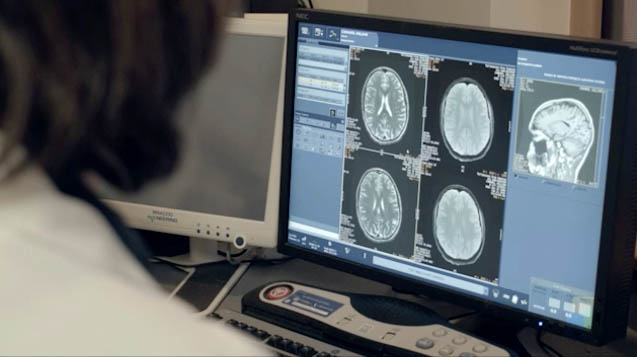
Wei Wu discusses his statistical contributions to the Birdsong project which help to quantify the differences in the changes of the zebra finch's song.
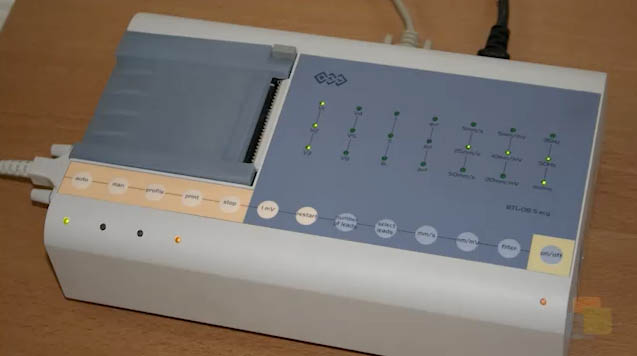
Tanganyika Wilder explains EKG.
Download the CPALMS Perspectives video student note taking guide.
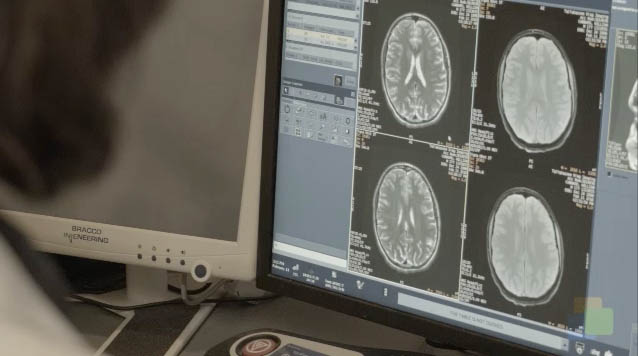
There is an amazing amount of similarity in brain organization between birds and humans. Turns out, birds are pretty darn smart and very good problem solvers!
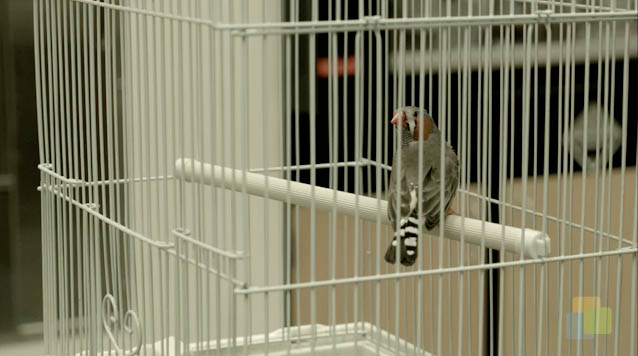
Richard Bertram discusses his mathematical modeling contribution to the Birdsong project that helps the progress of neuron and ion channel research.
Download the CPALMS Perspectives video student note taking guide.
![Cpalms [Logo]](/images/cpalms_color.png)




